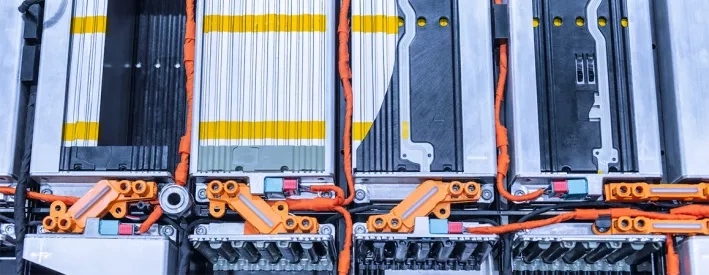Why getting first responders EV-ready is safety-critical

With more electrified vehicles on our roads it’s imperative emergency services understand the technology as it could save lives. Ralph Hosier discusses why training is essential.
I was really excited to be able to offer First Responder Electric Vehicle safety training to our wonderful emergency services. It felt good, it felt important and I was looking forward to welcoming these fantastic people into my workshop.
I was less excited when some responses we received showed a lack of interest in the whole subject. Yes, some people were very keen, but many others just didn’t get it at all.
How could fire and police services not be desperate to get their first responders trained to deal with electric vehicle emergencies? One person at a fire service told me that their method for dealing with an overheating EV battery was to just let it burn and stop the fire spreading to other areas if there is a risk, even if it destroyed the car, the road surface and caused traffic delays for hours on end.
It ain’t that difficult
With a little basic understanding, the right PPE and some uncomplicated methods making an EV safe is easy, so why not leap at the opportunity?
This is made more important because not all the risks on a hybrid or EV are obvious; did you know the air con pump is high-voltage, or that EV batteries have either acid or alkaline electrolyte that need specific precautions?
Yes, electric vehicles have really robust safety systems, so if the car is involved in a crash the signal from the airbag system triggers the battery control to isolate all the high-voltage systems instantly. But if a contactor has jammed shut, which does happen, it might not go so well. And if the battery box has been damaged in a crash then you need to make sure it’s isolated properly in case something is sticking into the battery.
There are ways to do this safely which could prevent a nasty fire or risk of electric shock.
Time well spent
The training doesn’t even take that long, just one day for a Level 2 Award. During that day I take the students through the basic components in an EV, charge controller, charge ports, batteries, inverter, motor and explain where the dangers are and how to deal with each component.
The students get to make a real car safe and have to test for high-voltage, we go through different scenarios dealing with different faults, looking at what can go wrong in a crash or a fire. We even cover what to do if the car is under water.
I suspect that a lot of this attitude comes from ignorance, if you understand electrified vehicles then you might not be as worried as you should be.
In fairness, many emergency services do conduct proper EV training, but not everyone. Our fire and police services are split into many local forces, each one has autonomy to decide how it conducts training, which is generally a good thing because it means each force trains for the environment and challenges faced in their own specific area. But I would have thought that hybrid and EV safety, that presents the same risks all over the country, should be universally desirable.
It’s early days, so maybe attitudes will change, but I hope it doesn’t take too long.




